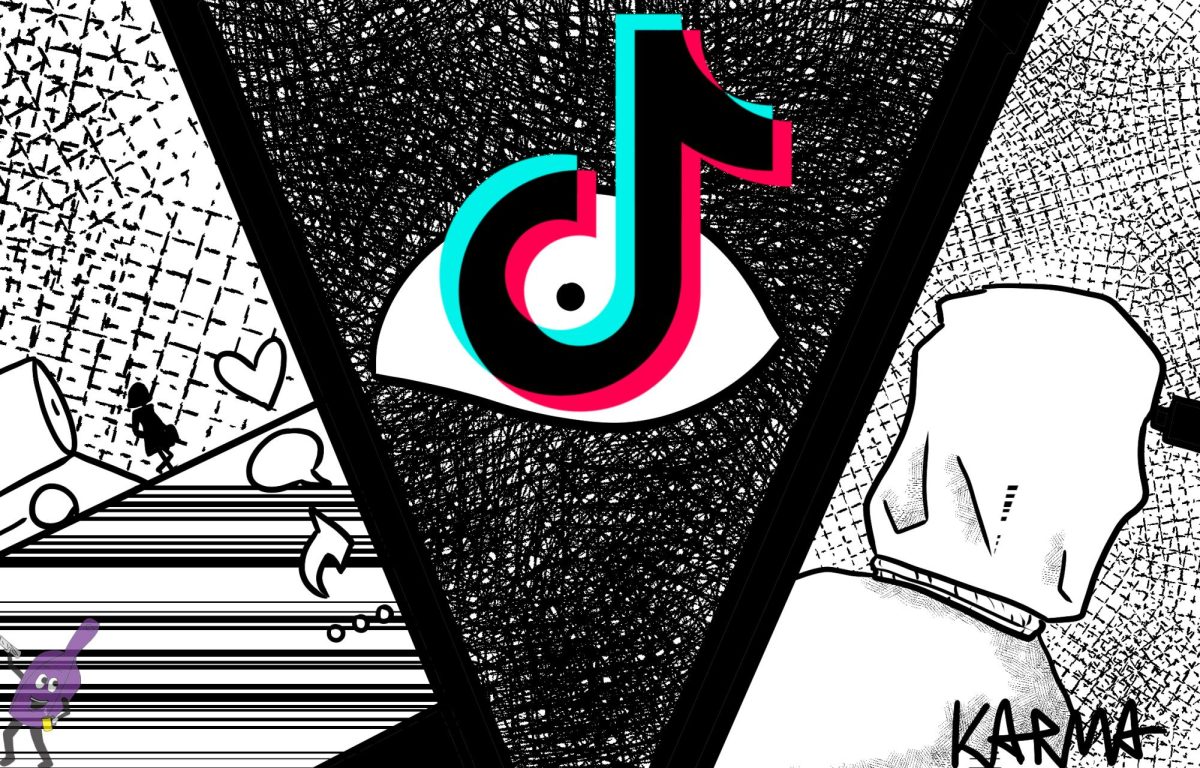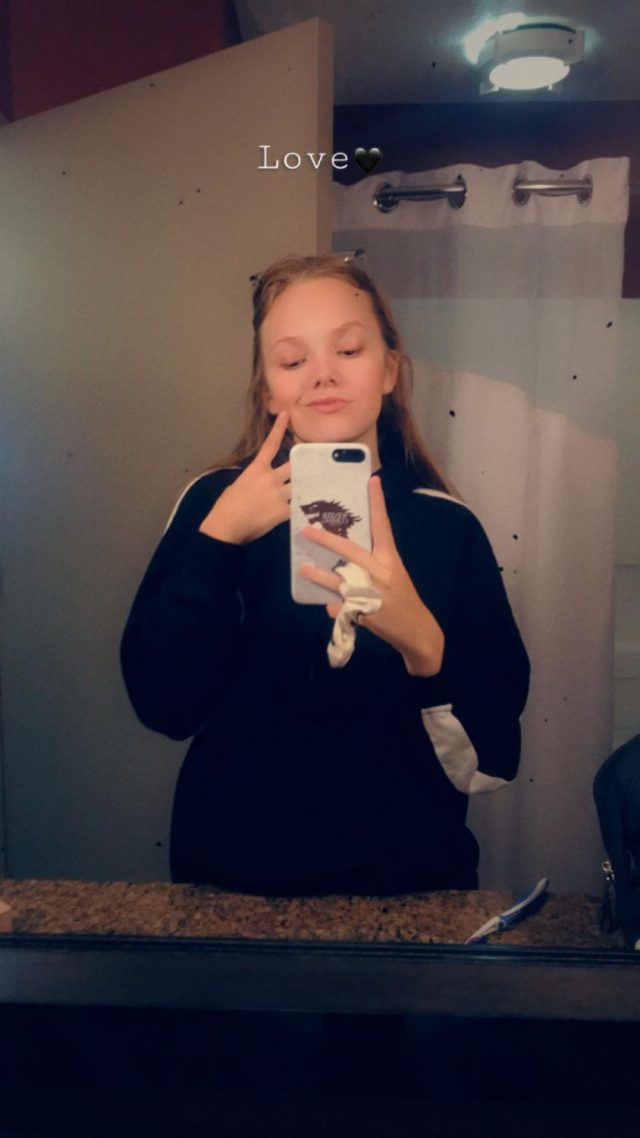Misinformation is everywhere. You hear it from everything, any place online. It’s constant, it might be a little annoying, and it seems like there might be no end to it. When you go online, the social media services you with what it thinks you will enjoy the most. This can lead to damaging videos or posts being recommended in your feed that might fit your bias or narrative.
TikTok is no different from any of the other social media platforms. You can get so much information from just one simple few-second clip. Some might be more truthful, some might not. What’s to say that you can trust any of it?
Short answer: you can’t. When you get information, it has always been important to do your own research. This goes with anything, including presidential candidates, voting, regular news you see every day, et cetera. Bias is everywhere, and while as humans it is hard for us to not have bias, it’s important to see both sides to a story.
With the online world becoming so rapidly developed, it has become so much easier to believe what you see. More and more people have lost their abilities to think critically and research the things they’ve seen. The internet might dramatize certain events, or it might not tell you the whole story. There is no obligation for strangers on the internet to tell the whole truth, because what are the consequences to it?
With misinformation on TikTok, it has created a new sense of paranoia for some people. It has become so easy to be lied to. Anyone can lead you astray in such a short manner of time. It worsens mental health, as said last week in the first piece to this series.
With how fast information spreads on the platform too, it’s easy to become lost in fake news, misinformation, and other things that are not healthy for your brain to see. One thing that has also blown up a lot on the app are conspiracy theories.
Conspiracy theories have been around since the dawn of the internet. Some have been around even before that. These theories conspire about things that happen in our world, and if the truth is real, or if anything is being hidden from us. One really popular conspiracy theory, for those invested, is the theory that Avril Lavigne has been replaced with a “clone”. Does it have actual hard evidence to back it up? Not really, but some people choose to believe the coincidences that point to something like this being real.
There are several theories, both conspiracy and not, that pop up on TikTok when you search for them. One viral video that was made recently talks about how the user (stan.hathaway) believes Taylor Swift will ghost Travis Kelce before the Super Bowl. She claims the music artist is messing with his head, and that she can see right through her.
When something like conspiracy theories becomes widespread, it can lead people to believe a lot of things that aren’t real. Some might think they’re fun to entertain, but a lot of them are based on superstition or little coincidental evidence. Conspiracy theories have also been related to causing paranoia and panic in some people. In recent times, the theory known as “Pizzagate” has become popular on the app. The theory states that Bill and Hillary Clinton used Comet Ping Pong pizza restaurant in Washington, D.C. as a child trafficking site. This theory in particular is harmful to the Clintons and everyone else involved, and it is not actually founded on proven evidence. It’s all a conspiracy. And TikTok has found a home for these wild theories in its user base, with so many interactions pushing the videos farther.
It all comes back to processing and understanding the things you’re hearing. It’s important to understand that people through the internet aren’t your friends, and they could very well tell you lies that they don’t care about. Anyone can spread misinformation or harmful words, and while it doesn’t always come from malicious intentions, it will always be important to do your own research on almost every topic of news.
Now, how does this relate to horror?
Paranoia and horror can go hand-in-hand with one another. Scary images and distorted sounds and everything in between can cause anyone to feel more angst, or paranoia. Some people might watch a creepy video home alone and never lose that feeling that they’re being watched. Some people might believe the myth that if you wake up in the middle of the night, it’s because someone’s watching you.
The psychological effect that horror in modern media has on the brains of some people encompasses many things. Paranoia is only one of those things. Being paranoid comes in many different ways, and simple shorts featuring CGI aliens or distorted videos that claim to show real unknown entities can affect that.
Even a simple search on TikTok can provide with all sorts of scary video and imagery. Paired with scary music and sounds that are a key part to “horrortok”, it can be easy for some to get creeped out.
Some videos are more “realistic”, like a popular one that shows a guy recording as a knife from his knife block pulls itself out of its holster and falls to the ground, seemingly untouched. Realistic only suggests that they’re not obviously faked, though every video can be faked through human ingenuity. But are they real? There’s not any actual scientific evidence to suggest that ghosts and paranormal activity exist. But this has never stopped anyone from choosing what they believe.
Horror on TikTok finds itself in many ways. It is so easy to scare certain audiences, and the amount of creativity one can put into a 10-second video has paved the way for a lot of new content. Whether or not videos that show sightings of ghosts or paranormal activity are real, it’s hard to deny the effect they have on people who browse the internet. If your timeline or “for you” page doesn’t recommend these videos, then it might be a good thing.
There are many different videos to see, and while they can be scary, they’re cool to entertain and enjoy if you are the type of person to do so.




